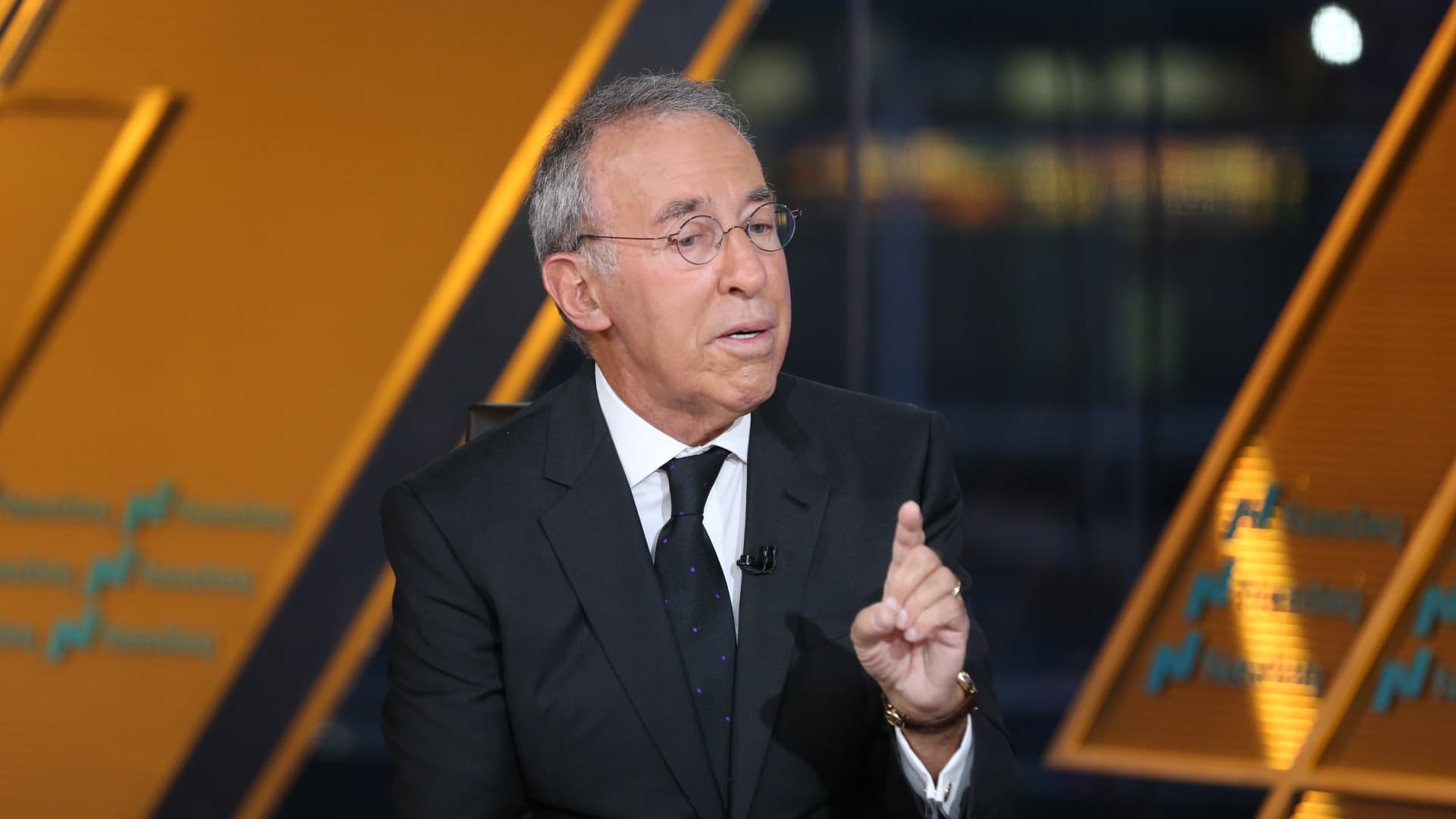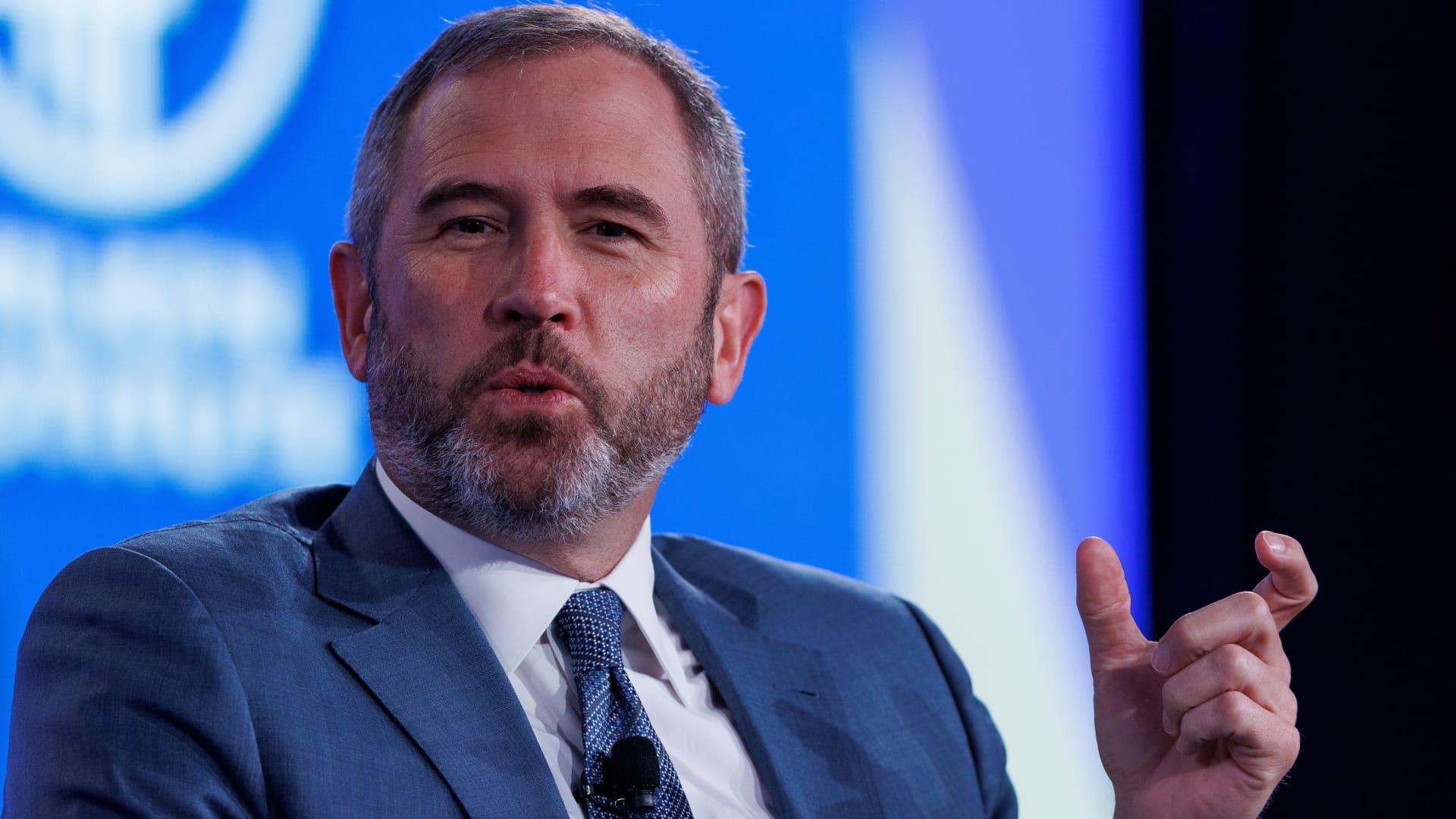U.S. inflation data fuels bets of Fed rate cuts as early as September — but analysts aren’t convinced

Traders work on the floor during morning trading at the New York Stock Exchange on May 14, 2024.
Spencer Platt | Getty Images
Traders appear increasingly confident that the U.S. Federal Reserve could start cutting interest rates as early as September, after inflation data cooled more than expected in April.
Some analysts, however, are far from convinced.
The consumer price index (CPI), a broad measure of how much goods and services cost at the cash register, increased 0.3% from March, the Labor Department’s Bureau of Labor Statistics reported Wednesday. That was slightly below a Dow Jones estimate of 0.4%.
The softer-than-expected data on Wednesday propelled stocks to fresh record highs and fueled speculation about how soon the Fed could be prepared to begin cutting rates.
Traders are currently pricing in a roughly 70% chance of a U.S. rate cut in September, according to the CME FedWatch Tool. That marks a sharp increase, compared to earlier in the week.
Jerome Schneider, head of short-term portfolio management at PIMCO, said on Thursday that the latest U.S. inflation data confirmed to investors that the potential for a near-term rate hike was now “off the table.”
“I think more contextually, we have to really understand that we have celebrated a lower inflation rate, the market has. But, in context, at PIMCO we’re specifically thinking about the longer-term trajectory of how the Fed is going to react to this data,” Schneider told CNBC’s “Squawk Box Europe.”
“More importantly when you look [at] … what is going on within the segments of CPI and the [Personal Consumption Expenditures Price Index], the more prevalent inflation indicator for the Federal Reserve, it still remains relatively resilient. In fact, to get below a 3% number in those core figures, we’re going to have to see prints over the course of the remainder of the year of 0.2% or lower. Right now, we’re still well above that,” Schneider said.
“Yes, perhaps it’s some relief upon a higher inflation print, but in the context of getting closer to the Federal Reserve’s target that they want to get to so quickly, it is probably unlikely at this point in time,” he added.
Softer data
Alongside the U.S. inflation data, the Commerce Department reported on Wednesday that retail sales were flat on the month, compared with the estimate for a 0.4% increase. The print appeared to show that consumer spending in the world’s largest economy had lost some momentum.
“If you put the inflation data with the retail sales data earlier in the week, where it was a decent miss, and really weakened discretionary areas, and that to me tells us a story about a consumer that under the hood is starting to feel the effects of these higher rates,” Jacob Mitchell, chief investment officer and founder of Antipodes Partners, told CNBC’s “Squawk Box Europe” on Thursday.
“I think probably the market is starting to see softer data coming, which will make the job of the Fed a little bit easier.”
Asked whether the CPI data suggests that the Fed is on course to cut rates in September, Mitchell replied, “Look, I would agree that you didn’t get what you needed on the key components, services and owner’s equivalent rent.”
He added, “And those two elements, look, if we don’t get much weaker goods numbers, then in the second half of the year, you get base effects coming in, so you’re going to see a natural reacceleration in core CPI.”
— CNBC’s Jeff Cox contributed to this report.









